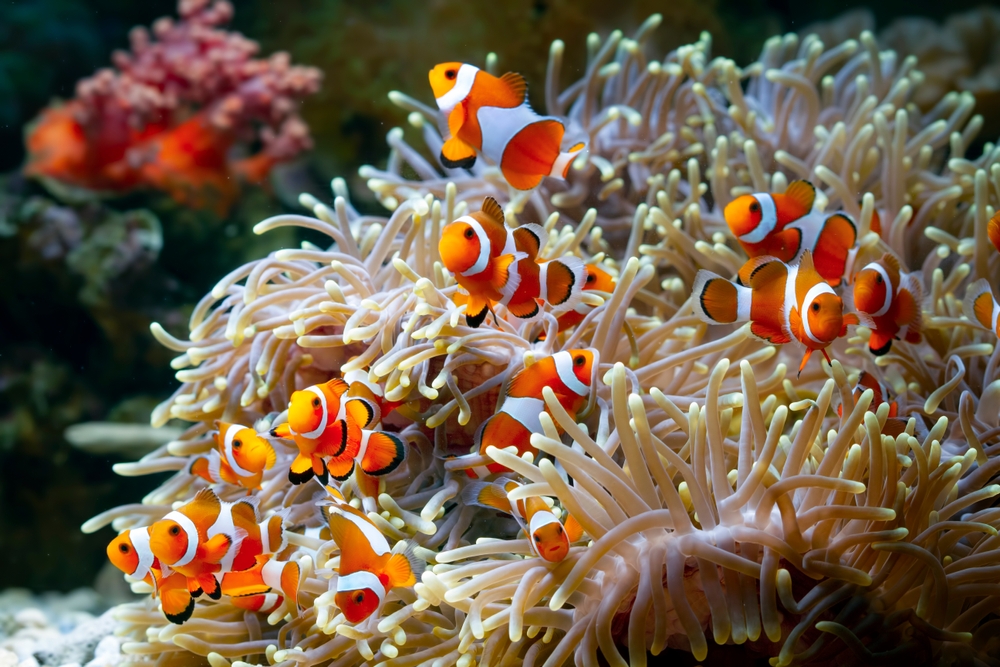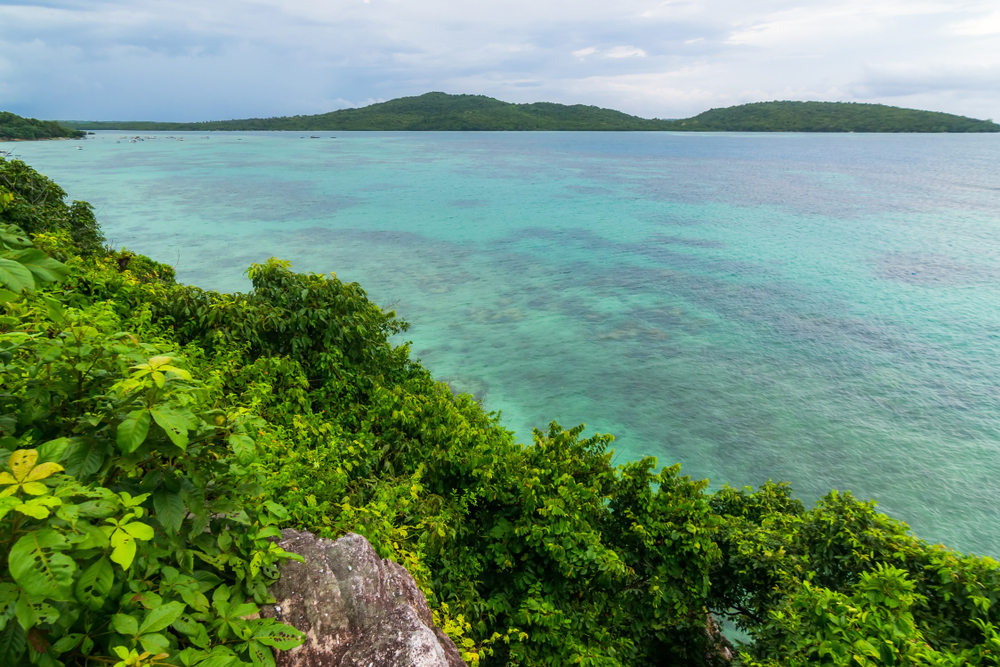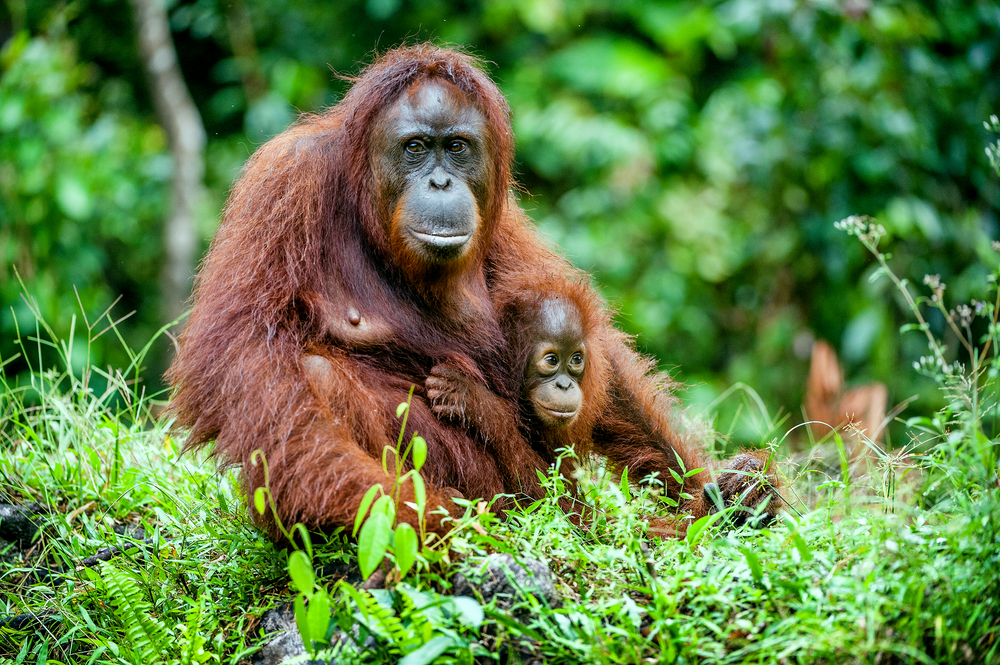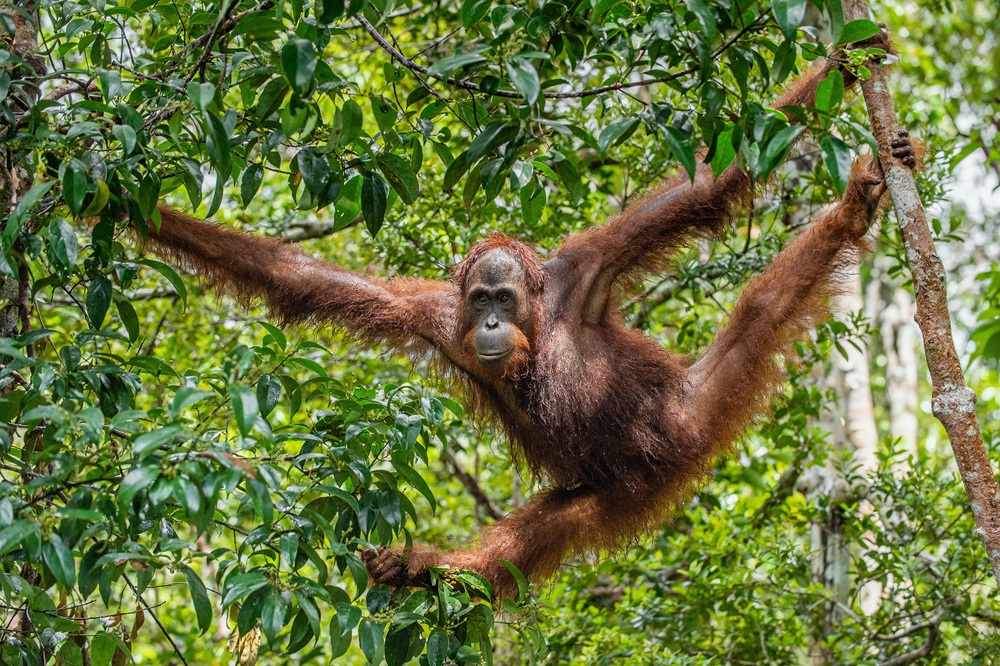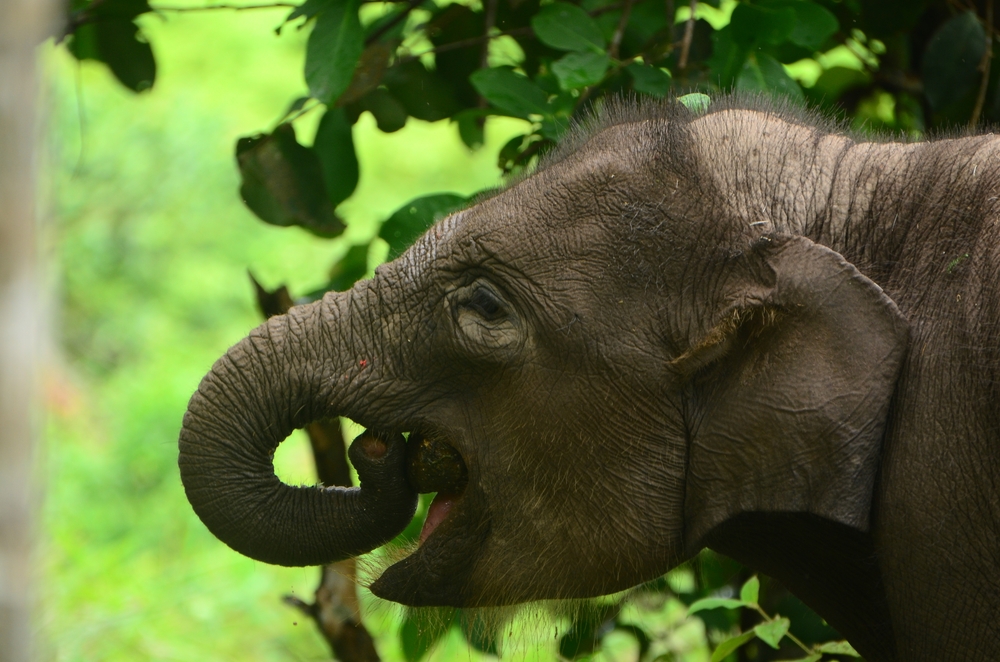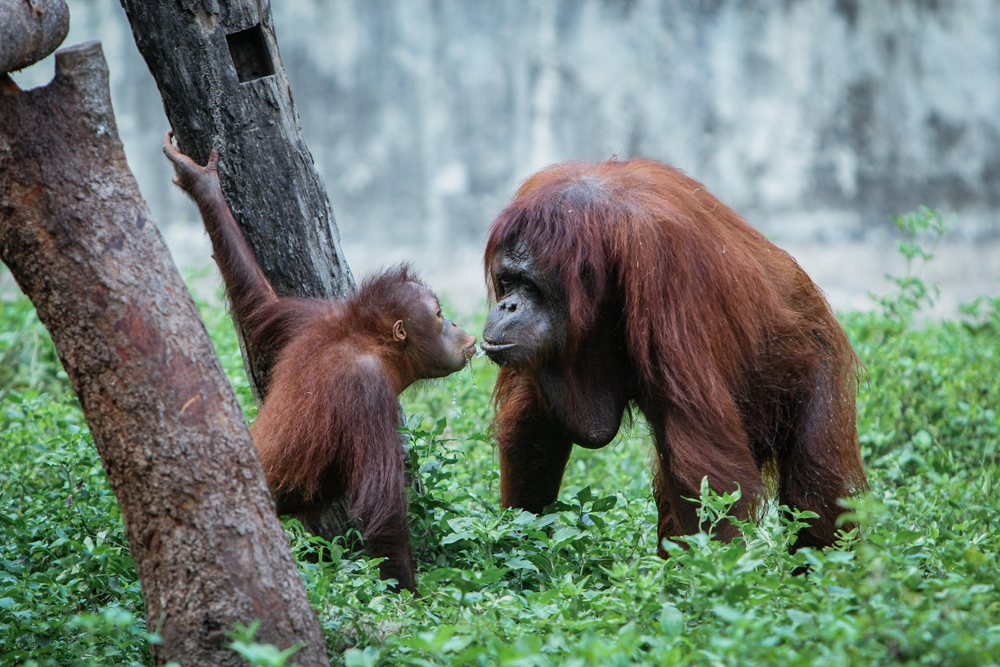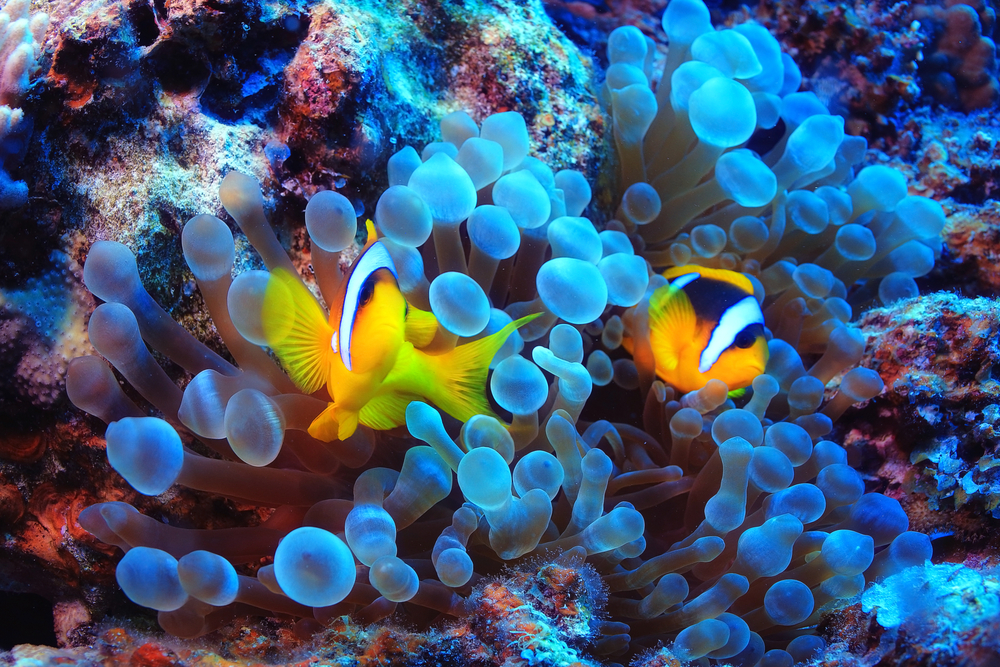Kepulauan Seribu Overview
Kepulauan Seribu National Park, affectionately called Thousand Islands Marine National Park, lis ocally known as Taman Nasional Laut Kepulauan Seribu. It is a stunning protected area located just off the northern coast of Jakarta, Indonesia. Spanning approximately 107 square miles (278 square kilometers), this marine park encompasses over 110 small islands in the Java Sea, forming part of the larger Thousand Islands archipelago.
Known for its breathtaking marine biodiversity and idyllic landscapes, the park offers a tranquil escape from the bustling urban life of Jakarta while preserving critical ecosystems that support both wildlife and local communities.
The park’s terrain is a captivating mix of vibrant coral reefs, sandy beaches, lush mangroves, and rocky shores. These islands, surrounded by clear, shallow waters, create a mosaic of habitats that are home to a wide array of marine and terrestrial life.
Notable islands such as Pramuka, Tidung, and Pari stand out as popular spots for visitors, offering a mix of natural beauty and cultural experiences. The coral reefs here are among the most diverse in the region, hosting hard and soft corals that form an underwater wonderland.
Wildlife in Kepulauan Seribu National Park is equally remarkable. The park serves as an important nesting site for green turtles (Chelonia mydas) and hawksbill turtles (Eretmochelys imbricata), both critically endangered species.
The waters are teeming with marine species such as reef sharks, clownfish, angelfish, and parrotfish, while the mangroves and beaches provide habitat for coastal birds like kingfishers, sea eagles, and herons. The islands also harbor crabs, mollusks, and other marine invertebrates that contribute to the ecological richness of the area.
Visitors to the park can engage in various activities that allow them to fully experience its natural beauty. Snorkeling and diving are particularly popular, offering close encounters with colorful reefs and marine life. Kayaking and island hopping by traditional boats are other great ways to explore the area’s hidden lagoons and secluded beaches.
For those seeking relaxation, the islands’ pristine white-sand beaches provide an ideal setting to unwind. Conservation-focused activities, such as visiting turtle hatcheries on Pramuka Island or participating in coral rehabilitation programs, allow visitors to connect with the park’s efforts to protect its fragile ecosystems.
Conservation challenges remain significant, as the park faces threats from pollution, overfishing, and climate change. Proximity to Jakarta means that waste and plastic pollution often find their way into the marine environment, while unsustainable tourism can strain resources.
However, conservation successes include community-led initiatives such as coral transplantation, mangrove replanting, and turtle conservation programs. These efforts, supported by NGOs and government agencies, are helping to restore degraded areas and protect biodiversity while involving local residents in sustainable practices.








































































